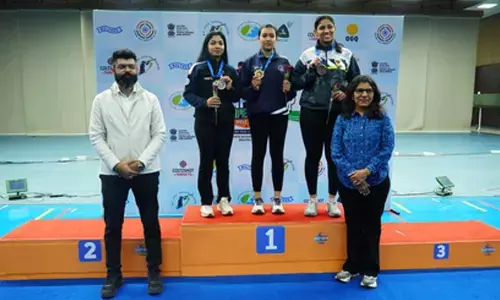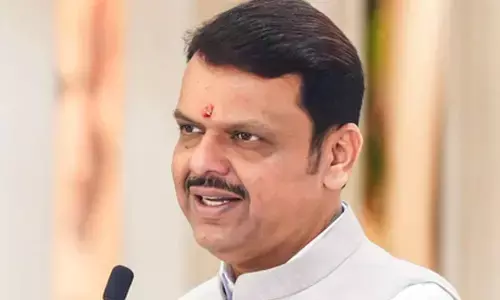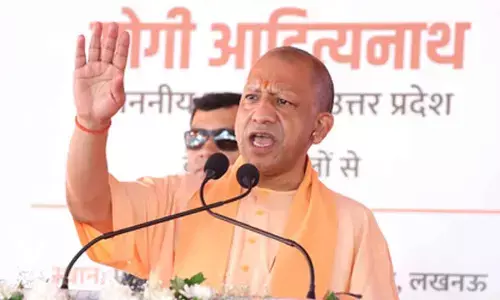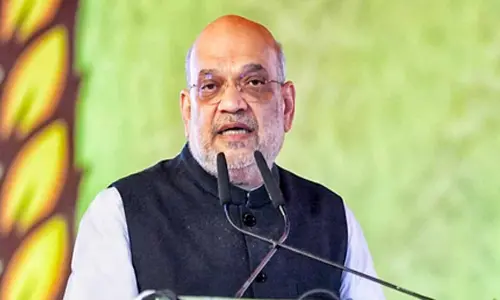This is why result for MP polls were announced late
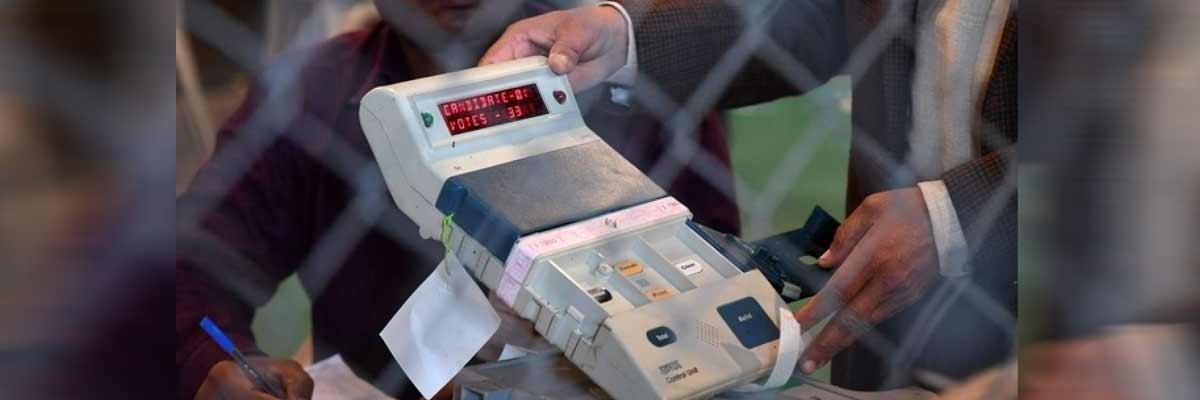
Madhya Pradesh Chief Electoral Officer VL Kantha Rao on Friday issued a clarification stating reasons as to why the poll body took time to declare the results for recently concluded assembly elections
Madhya Pradesh Chief Electoral Officer VL Kantha Rao on Friday issued a clarification stating reasons as to why the poll body took time to declare the results for recently concluded assembly elections.
In its letter, Rao stated, that right from the first round of EVM counting at 8.30am, the candidates were very particular about checking and examining every seal, tag and serial number of the EVMs and their cases being brought to the counting tables. "In several cases, they raised trivial objections on the seals, serial number/tag number, signatures of polling staff on the tags, etc which required the intervention, explaining and convincing by the Returning Officer, District Election Officer and Observer before these EVMs were taken up for counting. Even though no EVM was kept aside or found tampered amongst the 66,000 EVMs taken up for counting, the process of objections slowed down the rounds," the letter read.
"When a result is noted from an EVM machine at a counting table, it is written down on part two of Form 17C and the counting agents verify and sign on this sheets which is then photocopied and given to them. Similarly, when the tabulation of 14 such results from the 14 tables in the counting hall is made into a broad sheet, it is again verified and photocopies are distributed to the candidates. Strict adherence to this procedure has slowed down the counting process," he stated.
"In about 250 cases out of 66000 EVMs taken up to counting, the presiding officers had not followed the Close-Result-Clear (CRC) after the mock poll done in the morning of the poll day. This meant that the result of these particular EVMs had to be obtained through the counting of the VVPAT Slips. Most assembly constituencies had 1-2 such cases which meant that after the last round of the counting, an additional round was done for the counting of the VVPATs slips in the CRC cases. This added one hour to the counting process," the letter read.
Rao also highlighted round wise announcement as one of the reasons for the delay in announcement of the results and stated, "The insistence of the candidates to not bring the next round of EVMs on to the counting tables before tabulated, round-wise figures are written on the blackboard/white board in the counting hall and announced in the PA system has denied five-minute time saving that have could done in between rounds. With an average 22 rounds of counting per assembly constituency, this has led to two hours of delay."
He also added that during this assembly election about 13000 (21 per cent) additional polling stations were set up in the state as compared to the previous elections. This has increased the average number of rounds of counting to 22 whereas states like Chhattisgarh, Rajasthan and Telangana had 18 to 19 rounds.








